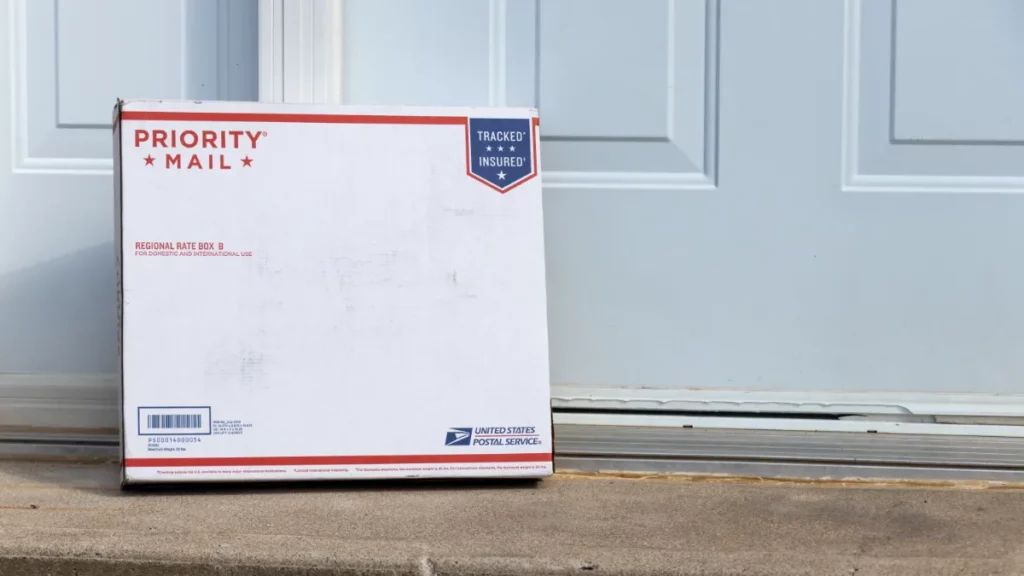
This site is reader-supported. We may earn a small commission if you make a purchase from one of our partners.
When dealing with a situation where someone infringes on your rights, it may be time to send a Cease and Desist letter.
Sending a Cease and Desist letter can often be the quickest and most effective way to stop infringement (or any other behavior).
In this article, we will review what a Cease and Desist letter is, why you should consider sending one, and where you can get one when you need it.
Ready? Let’s get started.
What is a Cease and Desist Letter?

A Cease and Desist letter is a written notice demanding an end to an action that is harmful to you or your business.
The letter will typically threaten future legal action if the recipient does not comply with the request to stop their behavior.
Cease and Desist letters are commonly used to protect intellectual property rights, but they can also be used in other situations, including:
- To Stop Harassment
- Deal With Defamation (Slander or Libel)
- Issues with Debt Collectors
- Resolve Property Disputes
- End Contract Disputes
Even though Cease and Desist letters are not legal documents, they are often the best way to resolve a thorny issue without needing an expensive attorney or law firm.
Who Can Write a Cease and Desist Letter?

There are three standard options for writing a Cease and Desist letter. They are:
Write It Yourself
This is the most common option and is also the least expensive. However, it is crucial to make sure that you craft the letter carefully to accomplish what you need it to. If you want to go down this path, we recommend using a template tool such as the one provided by Law Depot.
Hire an Attorney
If you are concerned about the potential legal ramifications of the issue, you may want to have an attorney write the letter for you. Legal services like this will cost more, but it will also give you the peace of mind of knowing everything is being handled correctly.
Use a Freelancer or Service
Many services will write a Cease and Desist letter on your behalf. This can be a good option if you want the convenience of not having to do it yourself but don’t want to spend the money on an attorney.
Why Send a Cease and Desist Letter?

As mentioned before, a Cease and Desist letter is a popular way to help resolve a complex problem with an individual or business. Here’s a list of the most common answers to the question of why you should send a Cease and Desist letter.
To Enforce your Legal Rights
This is the most common reason for sending a Cease and Desist letter. If you have a legal right that is being violated, a Cease and Desist letter can be an effective way to get the infringement to stop.
Typically, a Cease and Desist letter is a last resort in resolving a conflict before you pursue further legal action, but they are becoming more common as a proactive tactic.
To Resolve a Conflict Without The Courts
Filing a civil suit and starting the legal process is expensive, time-consuming, and stressful. If someone is harming you or your business but not necessarily breaking the law, a Cease and Desist letter can still be an effective way to get them to stop.
A well-crafted letter can get you the results you need while saving you time, money, and headaches in the long run.
To Prevent Damage to Your Reputation or Business
If someone is engaging in behavior that could damage your reputation or business, it can be a massive drain on your financial and mental health. A Cease and Desist letter can be an effective way to get them to stop or change their tune. While not a legal document, these letters may help reverse the damage that has been done.
To Send a Clear Message That You Won’t Tolerate Their Behavior
Unclear expectations nearly always lead to disappointment and frustration. This is especially true when it comes to civil disputes.
If you have made it clear to someone that their behavior is not acceptable, but they continue anyway, a Cease and Desist letter can help get your point across loud and clear without the need for legal claims.
To Seek Compensation
Simply changing their behavior may not be enough when you are the victim of harassment, defamation, or infringement. In some cases, you may be entitled to compensation for the damages that have been done.
While it doesn’t have official legal standing, a Cease and Desist letter can effectively get the person or business in question to pay up. And even if they don’t immediately agree to your financial terms, it will at least set the expectation that you will ask for damages as part of any civil action.
To Discourage Future Actions or Behavior
Simply solving your current problem should not be your only goal. You also want to protect against future problems when you send a Cease and Desist letter. While not as powerful as a Cease and Desist Order, just knowing the threat of legal action exists can be enough to influence behavior.
If the person or business in question knows that you will not tolerate their actions, they are less likely to engage in them again in the future.
To Demonstrate Willingness to Avoid a Lawsuit
If your civil action ever ends up in court, having sent a Cease and Desist letter could work in your favor.
While not considered “law” by any stretch, it can be seen as beneficial to the courts if attempts have been made to resolve issues without tying up precious court time and resources. Just be sure to send your letter via certified mail so that you have proof of both delivery and receipt.
To Send a Warning about Future Legal Consequences
Sometimes, you need to push the recipient to get them to take action (or stop an action). This typically comes via the threat of legal repercussions.
When sending a Cease and Desist letter, it can be helpful to include a warning about future legal consequences. This is especially effective if you have already contacted an attorney about your situation. Using the threat of expensive legal action as a scare tactic can be an effective way to get what you want.
To Prepare for a Lawsuit if the Behavior Continues
Finally, your Cease and Desist letter can put you, your team, and your attorney in the right mindset for upcoming legal action. The preparation for writing a Cease and Desist letter is a “lite” version of the preparation needed to start legal action.
So, if the recipient ignores your letter and continues with their behavior, you already have a head start regarding a civil suit.
Also, don’t forget to send your letter via certified mail with a return receipt requested. This way you have a record for the court of your attempt to resolve the issue without a civil claim.
What to Include in Your Cease and Desist Letter?

So you’ve reviewed this post and figured out why you want to send a Cease and Desist letter. The next question is: “What should I include in my letter?”
A good demand letter should include the following elements:
The Date and Recipient Contact Details
You will want to include the date and recipient’s contact details. The date is important as it shows when the letter was written and can be paired with the delivery receipt to demonstrate the overall timeline.
The recipient’s contact details should outline exactly who the letter is addressed to. This will allow you to make clear why they are receiving the letter in the body content.
A Description of the Offending Behavior
You must be clear about the behavior you want the recipient to stop. This section should lay out the facts as you understand them and explain why the behavior is problematic. If some specific laws or contracts have been violated, this is the section to cite them in.
An Explanation of the Harm Caused
This is where you explain the damages that have been done. You will want to include financial harms (like lost business) and non-financial harms (like emotional stress). Include as many specific details and dollar amounts as possible.
A Demand for the Behavior to Stop
After explaining the problem and the harm caused, you will want to make a clear demand that the behavior stop. This section should leave no doubt about what you want the recipient to do.
A Deadline for Complying
If you do not set a deadline, the recipient may choose to ignore your letter altogether. Including a timeline puts some pressure on the recipient to take action in a timely manner.
A Threat To Pursue Legal Action
This is the section where you lay out the consequences of ignoring your demand. If you have already been in touch with an attorney, this is the section to cite that fact. If not, this is still a good place to warn about the possibility of taking the matter to court.
Your Signature and Contact Information
You will want to sign the letter and include your contact information so the recipient can get in touch with you if they have any questions.
If you send the letter on behalf of a company, you should also include the company’s name and contact information.
Conclusion
We hope this post has answered why you should send a Cease and Desist letter. By this point, you should understand the scenarios when sending such a letter makes sense and what you should include in one.
Do you need an effective Cease and Desist Letter? Start your letter now!

Wes Talisman is a freelance journalist who helps answer common legal questions for everyday people. He’s never won a Pulitzer Prize, but he does write a stellar Cease and Desist letter.